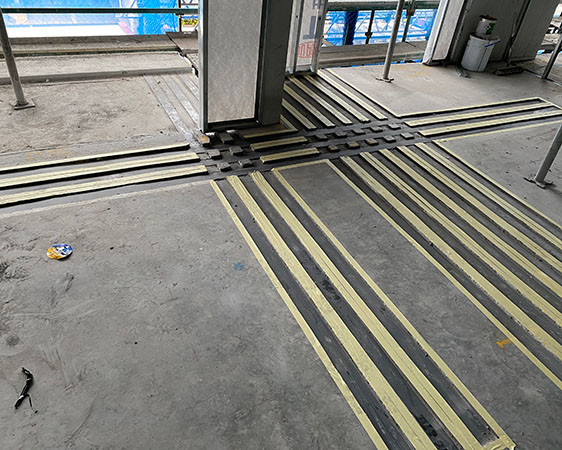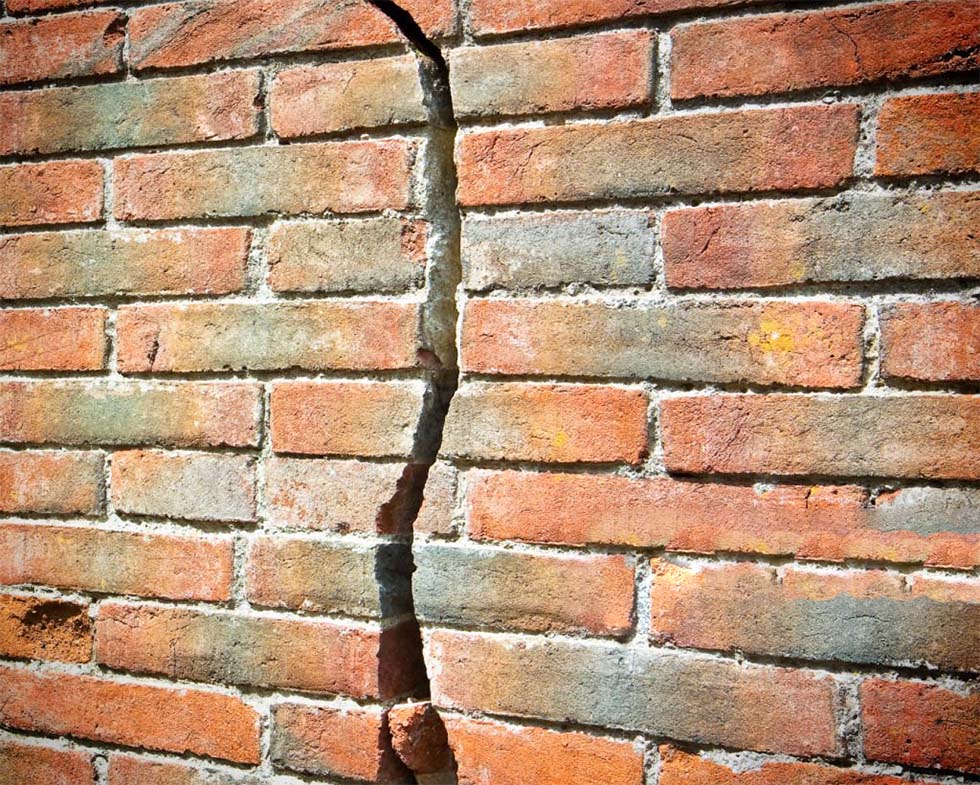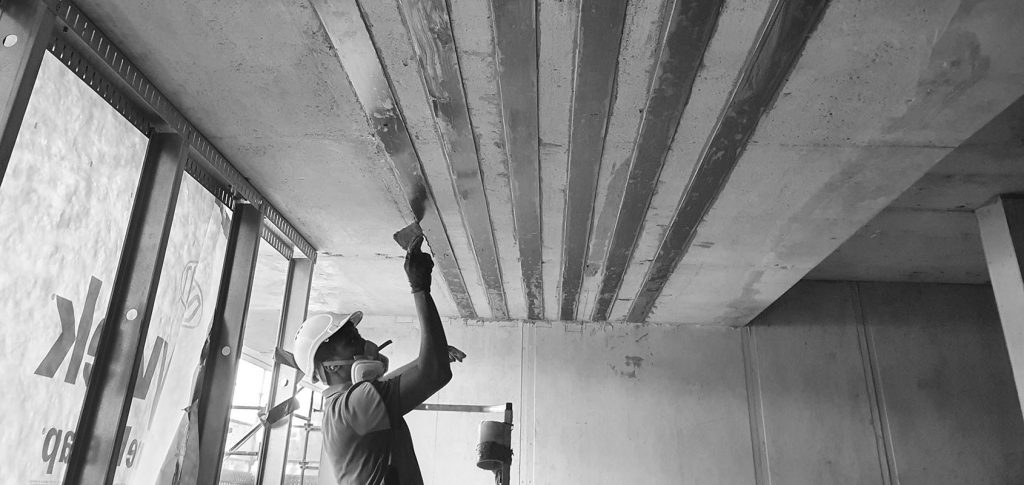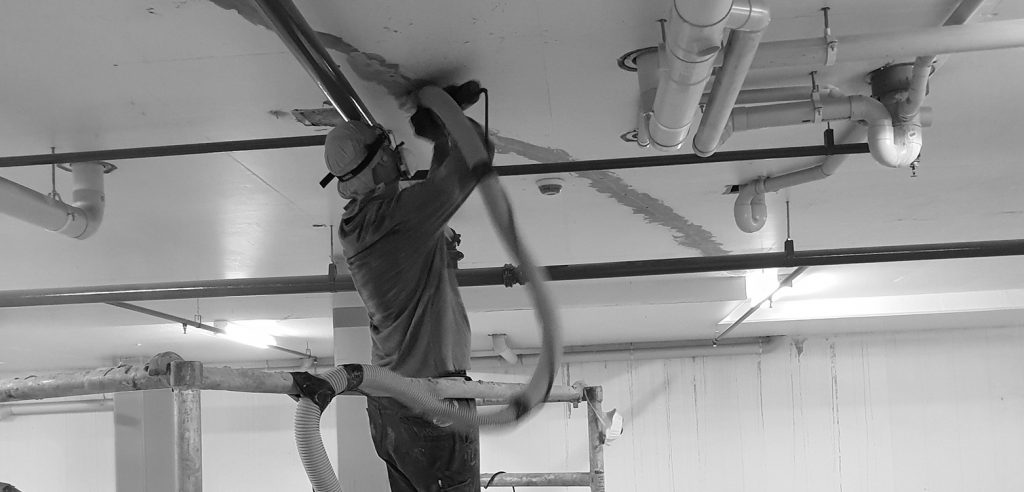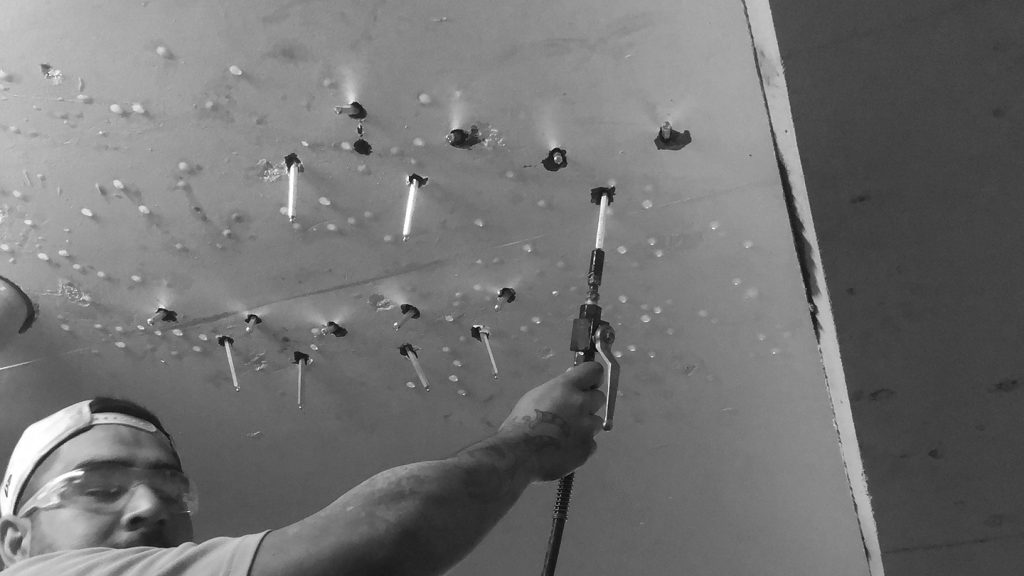Prime Flex 900 XLV polyurethane resin is a low viscosity, hydrophilic resin that reacts with water and expands to form a closed cell, watertight foam. It is typically injected under pressure to seal actively leaking joints and cracks in concrete structures, including hairline cracks. This product is independently tested and proven to meet NSF/ANSI Standard 61.5 for contact with potable water.
AR 800 acrylate resin is a super low viscosity, hydrophilic grout that produces an elastomeric gel with variable set times. This three-component resin is used for leak sealing and soil consolidation. It is ideal for geotechnical applications in humid environments. The variable set time range is long—from minutes to more than an hour—and is adjustable in the field. The resin remains fluid until polymerization, allowing for excellent penetration, so it is a great choice for sandy or silty soils.
When cured at a 50% concentration, it is a white flexible gel that has the consistency of a soft silicone gel with excellent adhesiveness. Humid conditions allow the gel to remain relatively constant. The gel is permanently elastic; these dimensional changes are reversible and do not degrade the gel. All-stainless steel pumps/fittings are required. This product has been independently tested and proven to meet NSF/ANSI Standard 61.5 for contact with potable water.
Prime Flex 920 is a single-component polyurethane injection resin used to seal gushing leaks, including wide gaps, in concrete where the structure is not subject to movement. This hydrophobic, super low viscosity polyurethane reacts with water and expands to form a closed cell, watertight, rigid foam. Due to its low viscosity, 920 is also used for permeation grouting of loose soils to consolidate soil particles and increase the load-bearing capacity. (For high strength or large void filling, see Prime Flex 985.) This material requires the use of Prime Kat or Kick Fast Kat to adjust the reaction time from 4-13 seconds. (See Material Preparation below.) This product is independently tested and verified to meet NSF/ANSI Standard 61.5 for contact with potable water.
Prime Flex Hydro Gel SX is a versatile, easy-to-use single-component, water activated, hydrophilic polyurethane injection resin for sealing actively leaking joints and cracks in below-grade concrete structures. It forms either a closed cell, watertight foam or impermeable gel depending on the water to resin mix ratio. Cured material remains flexible and has excellent adhesion. It can also be used for soil binding for slough control. Independently tested and verified to meet NSF/ANSI Standard 61 for contact with potable water.
Prime Flex 940 polyurethane resin is a very low viscosity, hydrophobic resin that reacts with water and expands to form a closed cell, watertight flexible foam. This grout requires Prime Kat or Kick Fast catalyst, but after mixing is pumped as a single component. The set time can be varied with the catalyst concentration. This resin is used for sealing actively leaking joints and cracks in concrete structures, particularly those subject to movement or vibration. It is verified to meet NSF/ANSI Standard 61.5 for contact with potable water.



